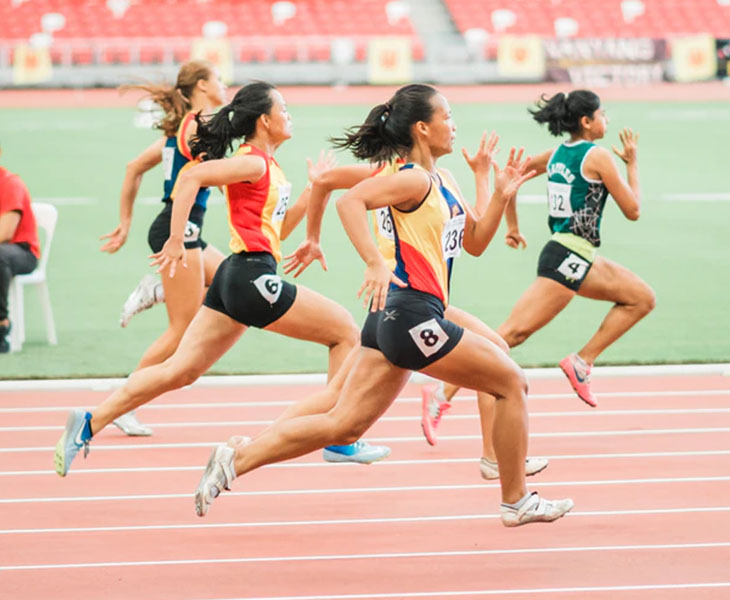Increasing sponsorship for women's sports helps forge an equal playing field
February 13, 2020
Some years ago, women's sport sponsorship made up only 0.4 % of of total sports sponsorship and a mere 7% of total sports coverage, according to the Women in Sport Charity.
Thankfully, this appears to be changing and last year saw a significant increase in women's sporting sponsorships, particularly from major companies.
For example, known brands like Adidas, Nike, Budweiser and Lucozade Sport all showed support for a gender-equal sporting future by supporting the FIFA Women’s World Cup in France.
Sponsoring women's sport involves much more than a financial investment in players because it demonstrates an investment in equality and meaningful change within the sporting arena.
With such a large global captivated audiences of women's sporting events, sponsorships can help leverage equal visibility - and this can help drive further female participation in sport.
Sponsoring women's sport can make good business sense for key brands - whether at a premier level of wherther supporting grassroots community sports activity. One such example was sponsorship by the UK bank Barclays, the lead partner of the FA Girls’ Football School Partnerships that helps increase girls’ participation in football at the school level. By supporting early talent, companies help increase the number of girls participating in sport - and this has both a long term benefit of creating star players and also a short-term benefit in increasing confidence, teamwork and health.

Groundbreaking sponsorships from major companies
Many companies are showing their support for women's sport via significant groundbreaking sponsorship deals. For example, Visa and the UEFA Women’s Football committed to a partnership that runs until 2025. Adidas sponsored players on the winning team for the FIFA Women’s World Cup in 2019 and ensured they received the same payments as male players. In the same year, Barclays announced its title partnership for the FA Women’s Super League - one of the biggest investments in women's sports to date.
Greater audiences for women's sports
The increase in sponsorship makes good business sense and meets an ever-increasing audience for women’s sporting events. Plus the broadcasting of matches on terrestrial TV to a global viewership is also thankfully increasing. The 2019 FA Cup semi-final was broadcast in the UK on the BBC - a major mainstream viewing platform, for example.
Records are also being broken, demonstrating an increasing level of fan support. Again, in 2019, a record-breaking number of people watches the Barcelona Women’s team beat Atletico Madrid Women’s team – almost 70,000 viewers enjoyed the entertainment. Meanwhile, another record was broken at the attendance of the England Women’s Six Nations game against Italy.

Breaking record attendance for women's sporting events
In women’s cricket, there was great hope that history would be made on International Women's Day 2020 at the ICC Women's T20 World Cup Final through a world record being broken for the highest ever attendance for a standalone women's sporting event worldwide
There may be good reason why women's sport is attracting a larger audience. According to Nielsen Women’s Sport report, women's sports are considered more progressive, less money-driven, more family-oriented and cleaner than men’s sports.
In fact, Nielsen Sports shows that 84% of sports fans, more than half of whom are men, are very keen to watch and engage with women’s sports.

So the call is out for companies worldwide to develop strong relationships with players, teams and competitions - and to begin equalizing women's sport so that, one day perhaps, it will just be 'sports', regardless of gender.